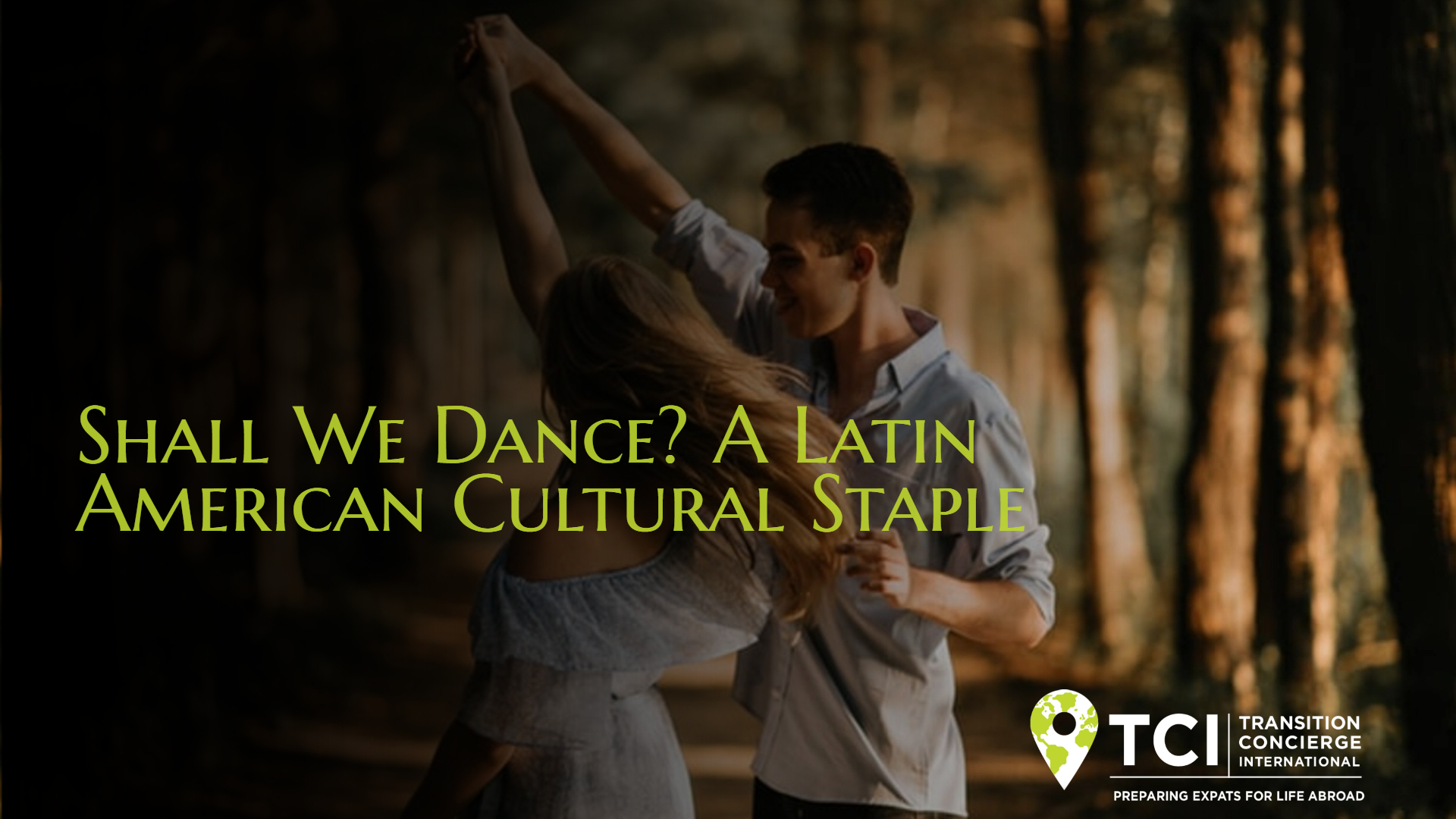“The truest expression of a people is in its dances and its music. Bodies never lie.” — Agnes de Mille
If you want to really understand Latin America, you need to look at its extraordinary dance culture. Whether you are watching the mambo or the tango, you can’t help but be struck by the strong, pulsating rhythm and the elements of self-expression present in every move.

And maybe you are even just a little bit jealous. After all, there is something that appears just short of magical to see a couple moving in perfect rhythm, anticipating each other’s next move, with an undeniable grace.
Most Latin dances can be traced to three distinct influences: Native or Indigenous, European, and African.
Indigenous dances were first documented by European explorers in the 15th century, but they had been well-established by then. The dances of the Aztecs and Incas were rooted in themes of everyday life such as hunting, agriculture, or astronomy.
Over the years, European folk dances and African tribal dances mixed with these indigenous dances to create modern Latin dancing. While the Native dances were more oriented toward performing as a group, the Europeans introduced the idea of male and female partners dancing as a couple.
Today’s social Latin dances, also known as Street Latin dances, include salsa, mambo, merengue, rumba, bachata, bomba, plena, and the Argentine tango, among others.
Here is a primer on a few of the favorites:
Samba
Samba, a lively rhythmic dance, originated in Brazil in the 16th century but was not widely accepted until the 1920s. One of the most popular dances in the world that came from South America, its derivation can be traced back to Africans who brought their culture to Latin America. It can take on many different forms, some for a couple, others for individuals.
Salsa
New York created the term “salsa”, but it did not create the dance, which actually is a nickname for a number of dances with Hispanic influence, including the rhumba, són montuno, guaracha, mambo, cha-cha, danzón, són, cumbia, plena, bomba, festejo, and merengue. There are many different styles of salsa dancing, differing according to the region. While the origin of the name is not known, it is believed to come from the Spanish word for “sauce” since it contains so many different ingredients.
Mambo
The mambo refers to both the music and the dance form. It began in the 1940s in Havana, Cuba and was influenced by the Haitians. It is a marriage between American swing music and Cuban són music and is credited as contributing to the development of another Latino dance, the cha-cha. In Haiti, the “mambo” is a voodoo priestess. Today it is considered one of the most difficult dances to perform.
Are you dancing your way through Latin America? Let us know how it’s going.


